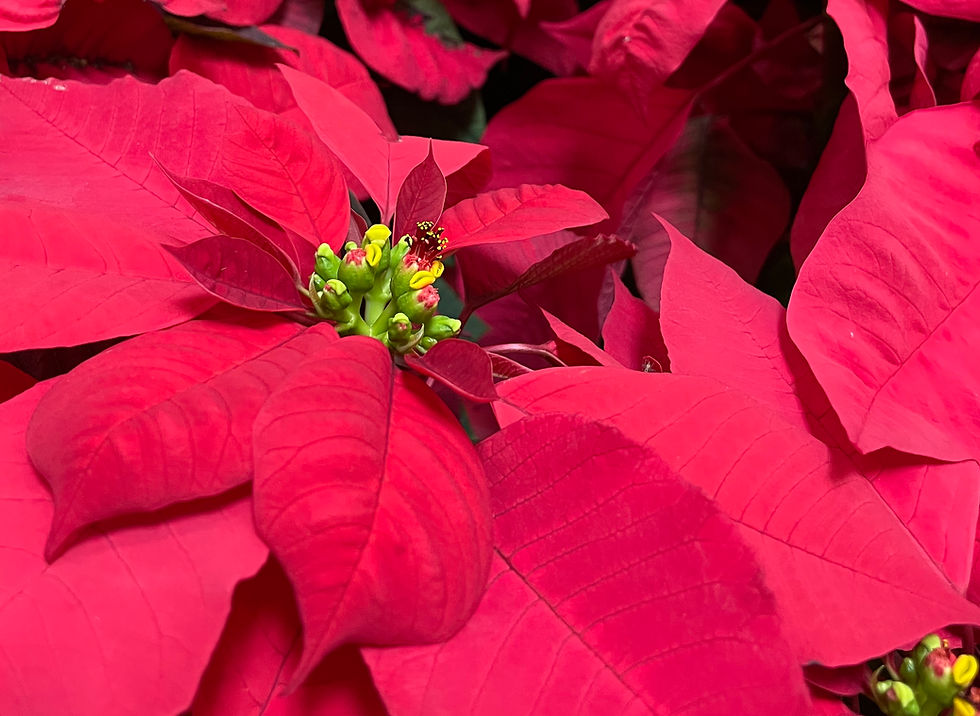Anita’s Blog – Moth Fly-by-Nighters
- jjvanm
- May 24, 2023
- 4 min read
Nineteen new moths showed up for the count during the four-day 2023 City Nature Challenge – literally just for the count as I’ve not seen them back again. I researched some of the new visitors to see what their larval food might be, wondering why the influx of unique moths to my moth-attracting set up.
Larval food preferences are interesting only to know if our land offers sustainability for the moths to stick around, however, there is not a lot of host plant information for moths species. With these fly-by-nighters, it’s a real mystery why they visited during that four-day period and how they even got here.
I was going to pick a favorite from the visitors – an impossible task because some were pretty, others had amusing names and still others were just different.
Some moths are pretty without being colorful -- beautiful perhaps in their monochromaticity like the Bagisara buxea. It vied for "most beautiful" with the Beautiful Pseudopyrausta moth, Pseudopyrausta santatalis and the Fractured Western Snout, Diastictis fracturalis, which had beautiful stained-glass-effect tan wings with luminous light-blue markings.

Bagisara buxea ranges from California to Texas and Kansas. Caterpillars feed on Sphaeralcea spp. Globemallow. Hidalgo, Cameron, Starr and Willacy each have a species of globemallow as listed in Richardson, A., King, K. 2011. Plants of Deep South Texas: A Field Guide to the Woody and Flowering Species. Texas A&M University press, College Station, pp 318 and 319.

Beautiful Pseudopyrausta moth, Pseudopyrausta santatalis. Its range is Southern Texas and Florida, West Indies and Mexico. It has a wingspan of about one-half inch. I liked the descriptions Wikipedia used: The forewings are white, suffused with ocherous; hindwings are white, shaded with ocherous. Ocherous is described as a brownish-yellow color and a light-yellow color tinged with brown.

Fractured Western Snout, Diastictis fracturalis. Range is California, to Arkansas and Texas and South Dakota, Colorado, Louisiana, also Mexico. It doesn't come with a lot of information.
Orange and yellow moths are always fun, they’re showy and usually flutter around a lot so are doubly noticeable. Two notable ones to come for the BioBlitz were the Genista Broom and the interestingly named Jaguar Flower moth.

Genista Broom moth, Uresiphita reversalis, is reported as being probably native to Mexico before spreading north. The larvae feed on acacia, brooms and Texas mountain laurel; also reported on crape myrtle, honeysuckle and other pea family shrubs. The moths usually have orange or yellow hind wings. The caterpillars ingest and store alkaloids from their host plants, which make the worms bitter or even toxic to mammals and birds and some insect predators. Lizards eat them, the brilliant tachinid fly uses the Genista as a host, laying its eggs on the caterpillars; wasps consume the Genista as food.

Jaguar Flower moth, Schinia jaguarina. Its range is North America’s Great Plains from Saskatchewan and Alberta south to Texas and down to Mexico City. The larvae feed on baptisia and clover and other plants in its range.

Wedgling moth, Galgula partita, occurs in most of North America and south to Guatemala and Islands of the Caribbean, also on the Azores, Madeira and the Canary Islands. It has a wingspan of .787 to 1 inch. The larvae feed on Oxalis species – and this is what’s significant about this moth – Oxalis is an amazingly prolific native plant that doesn’t seem to attract pollinators during the daytime. Two Oxalis species I find abundantly in my yard are creeping woodsorrel, also called creeping lady’s-sorrel, Oxalis corniculate, PDST page 342, and Drummond’s wood sorrel, Oxalis drummondii, PDST page 343. So finally, I find some wildlife benefit from those two species.
Rounding out this moth missive is an un-mothlike looking moth: Brypoctia ramosa moth. The species has been recorded as far north as Goliad, Texas and south to Central America.

In a setting other than on a yellow bungee cord tying down my moth sheet to prevent it getting airborne on windy nights, this moth could camouflage itself perhaps as lichen on a tree branch, maybe a bird dropping or peeling paint on the side of a building. I have no idea where this moth hides itself during the day; it was certainly noticeable when I checked my moth sheet before dawn. I have been unable to find information as to its host plant.
Not all moths have weird and wonderful English names, but every moth species has a scientific name in Latin – often mixed with Greek. Most micro-moths only have a scientific name, but all macro-moths have an English name as well, according to a British website, Butterfly Conservation.
And now you’ll want to know what are micro- and macro-moths, right?
According to Wikipedia, microlepidoptera (micromoths) is an artificial (i.e., unranked) grouping of moth families, commonly known as the smaller moths – those generally having wingspans of under 20 mm (.787 inches).
Macro-moth is a traditional, non-systematic division of Lepidoptera. . . tending to include the larger moths which are usually easier to identify.
I’ll leave it up to you, the reader, to ponder why these interesting moths stopped by for a BioBlitz in the countryside southeast of San Benito.





